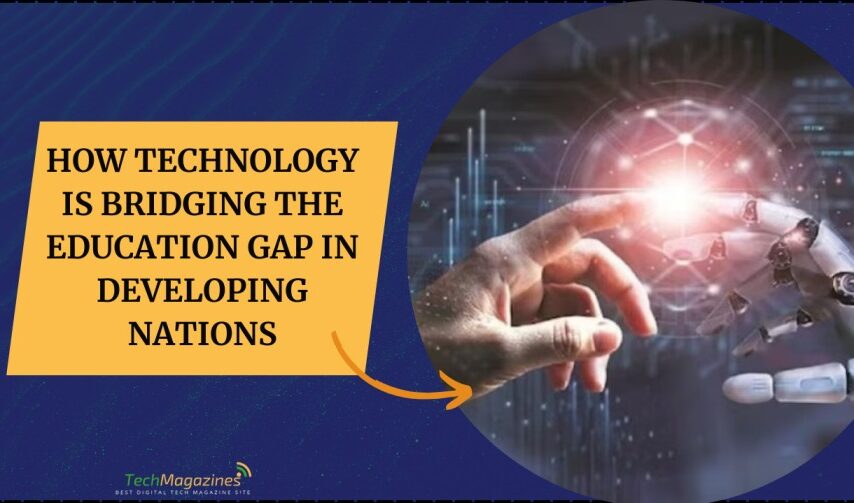Access to education is still a challenge for many children in developing nations, where resources, infrastructure, and trained teachers are often limited. However, technology is making it easier to bridge this gap. Digital tools, online platforms, and mobile devices are providing opportunities for students to learn no matter where they live. From virtual classrooms to e-libraries, technology is connecting students with quality education and giving them the chance to build a brighter future. Let’s explore how technology is transforming education in these regions and helping to close the learning gap.
Online Learning Platforms
One of the most effective ways technology is improving education is through online learning platforms. Websites and apps like Khan Academy and Coursera offer free or low-cost courses on a wide range of topics. These platforms allow students in remote areas to access lessons taught by expert educators, even if they don’t have access to a nearby school. Many platforms also include videos, quizzes, and interactive lessons, making learning more engaging. With mobile accessibility, students can use these tools even on basic devices, making education more inclusive and breaking barriers for millions of learners.
Affordable Technology Solutions
Low-cost technology like tablets, laptops, and mobile devices is helping more students gain access to education. In some areas, organizations provide solar-powered tablets preloaded with educational content, so students can study even without reliable electricity. Mobile apps designed to work offline ensure that learning continues even in areas with poor internet connectivity. These tools give children the chance to learn reading, math, and other critical skills in an affordable and accessible way. Affordable tech ensures that no student is left behind, regardless of their location or resources.
Keeping Digital Education Safe
As more students rely on technology for learning, keeping their data secure is crucial. When schools or organizations use online systems to manage lessons and student information, they need to protect these tools from threats. For example, tools like cybersecurity for educational institutions help safeguard sensitive data while ensuring that online platforms run smoothly. This protects students’ privacy and allows them to focus on their education without worrying about security risks. Safe and reliable systems are essential for creating trust and ensuring that digital education is accessible to everyone.
Connecting Students with Teachers Globally
Technology is enabling students in developing nations to connect with teachers and mentors from around the world. Video conferencing tools and virtual classrooms allow students to participate in live lessons and ask questions in real time. Programs like these give students access to subject experts they wouldn’t otherwise meet, enriching their education. Global connections also expose students to new cultures and ideas, broadening their understanding of the world. By fostering these interactions, technology helps create an interconnected learning experience that inspires and empowers students.
The Long-Term Impact on Communities
When students in developing nations gain access to education through technology, the benefits extend beyond the classroom. Educated individuals are more likely to contribute to their communities by starting businesses, creating jobs, or improving local healthcare and infrastructure. Technology-driven education also helps close the gender gap, giving girls the same opportunities to learn and succeed. Over time, these advancements can lift entire communities out of poverty, creating a ripple effect that improves the quality of life for everyone.








